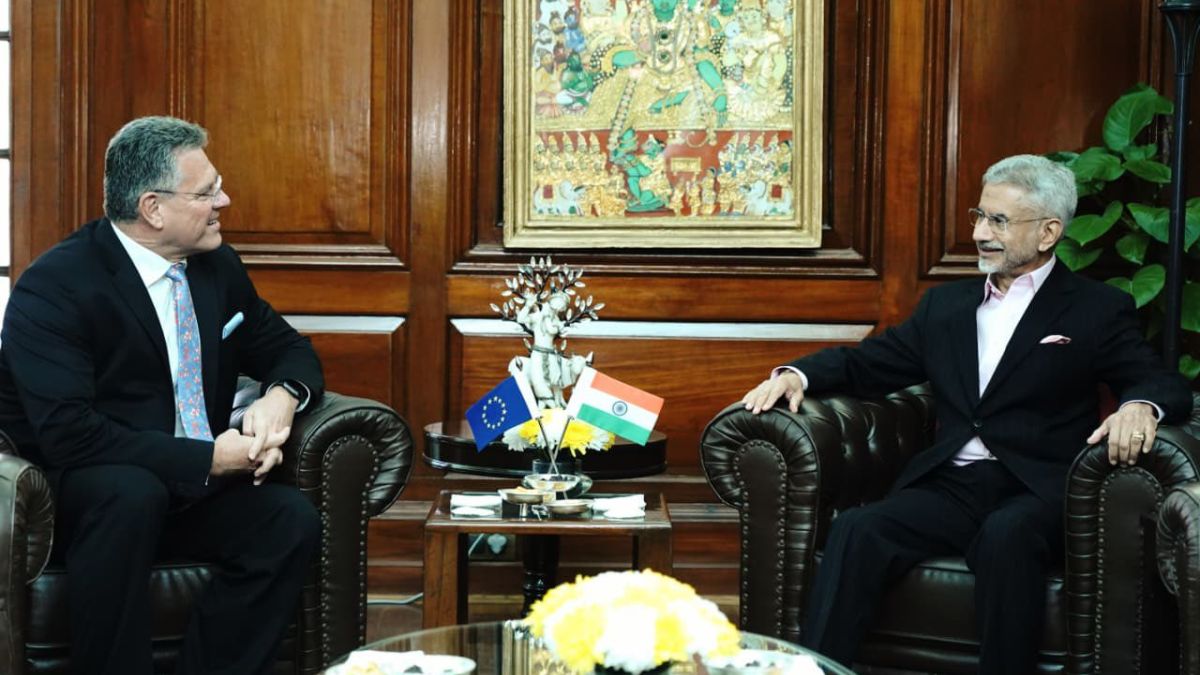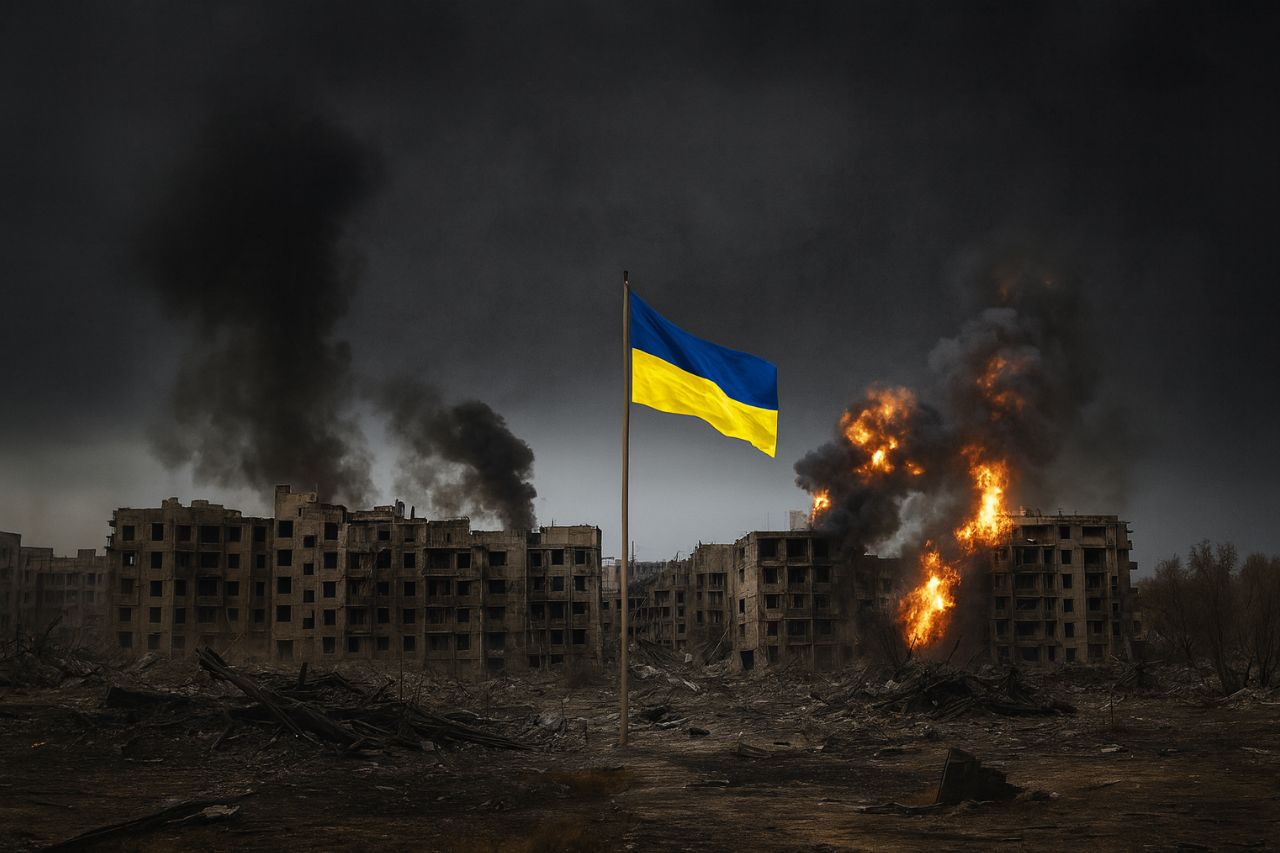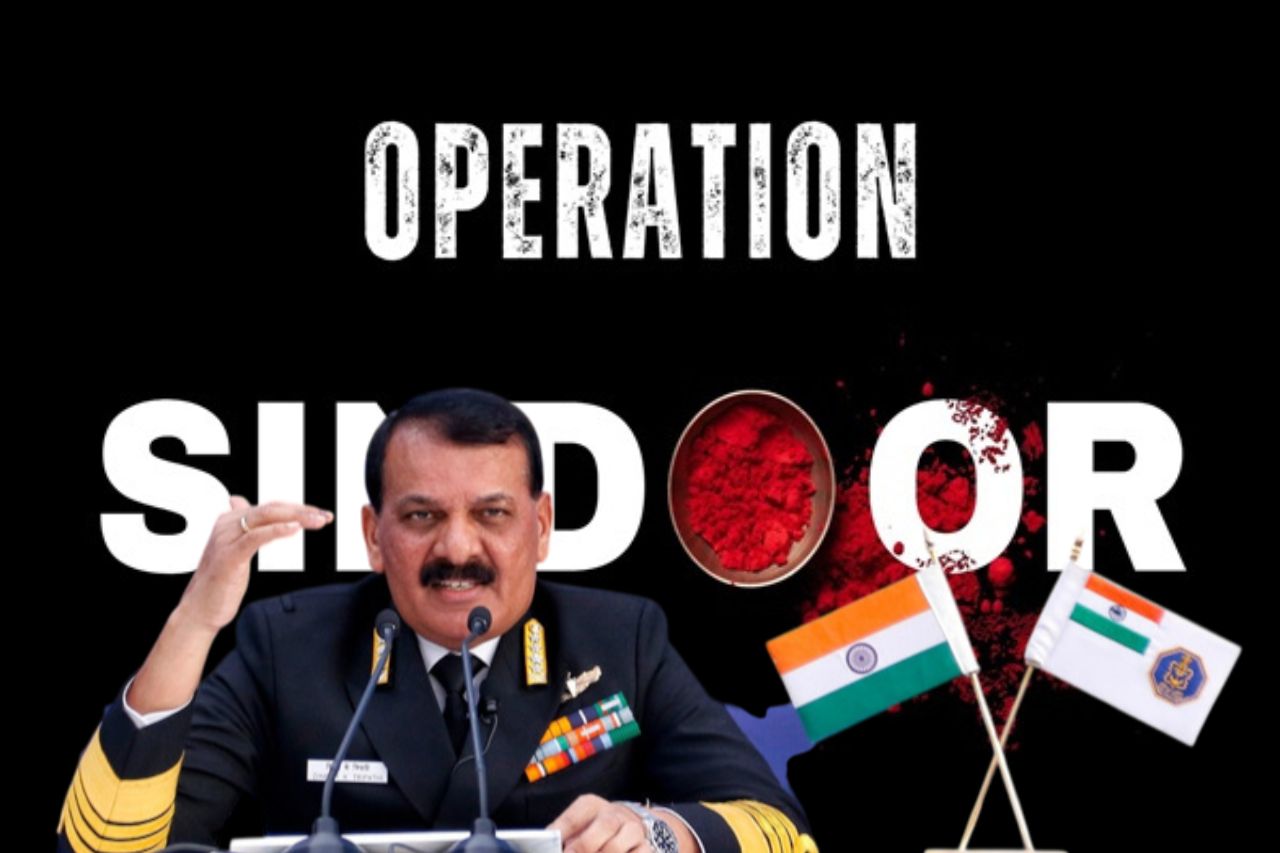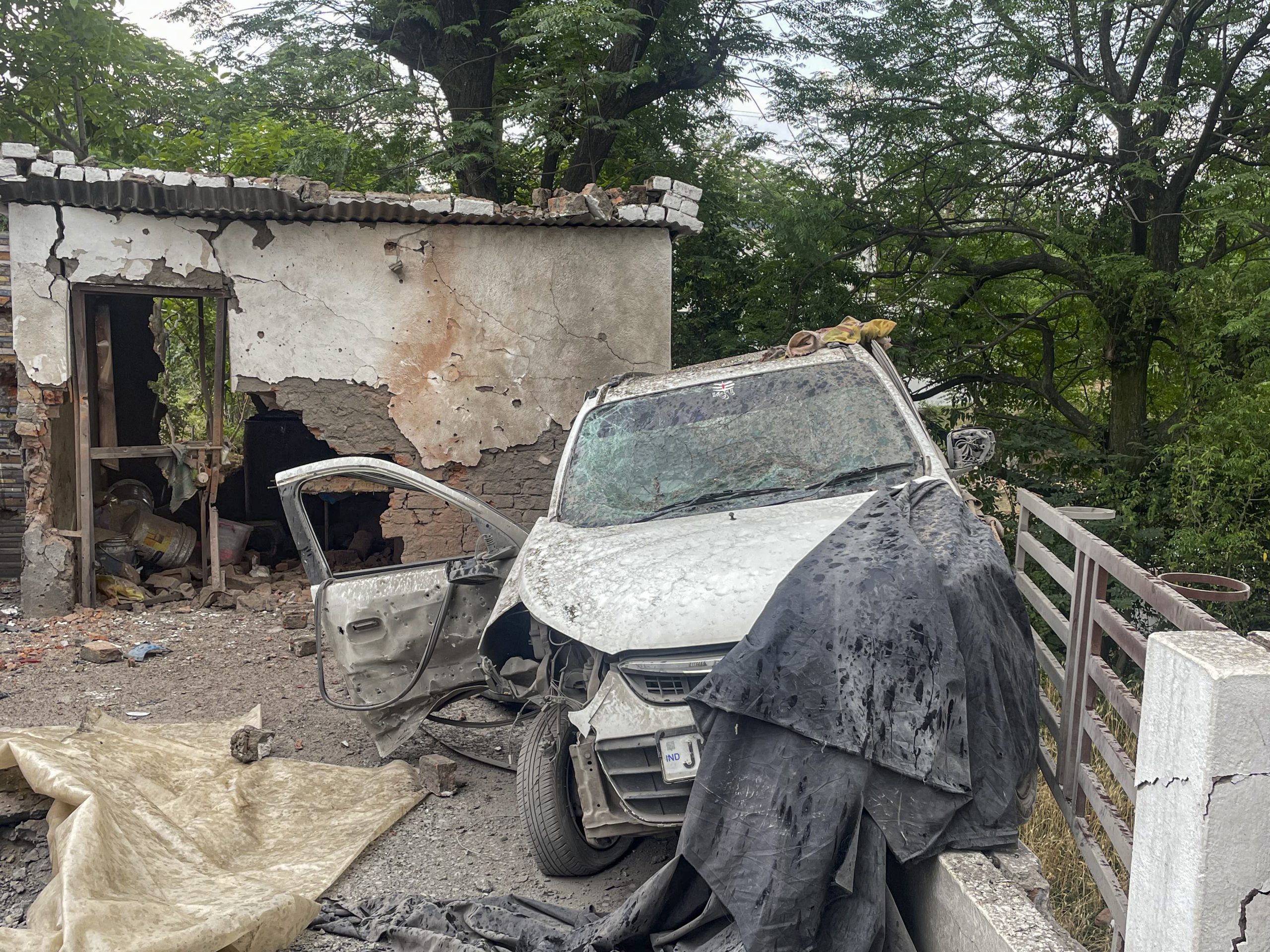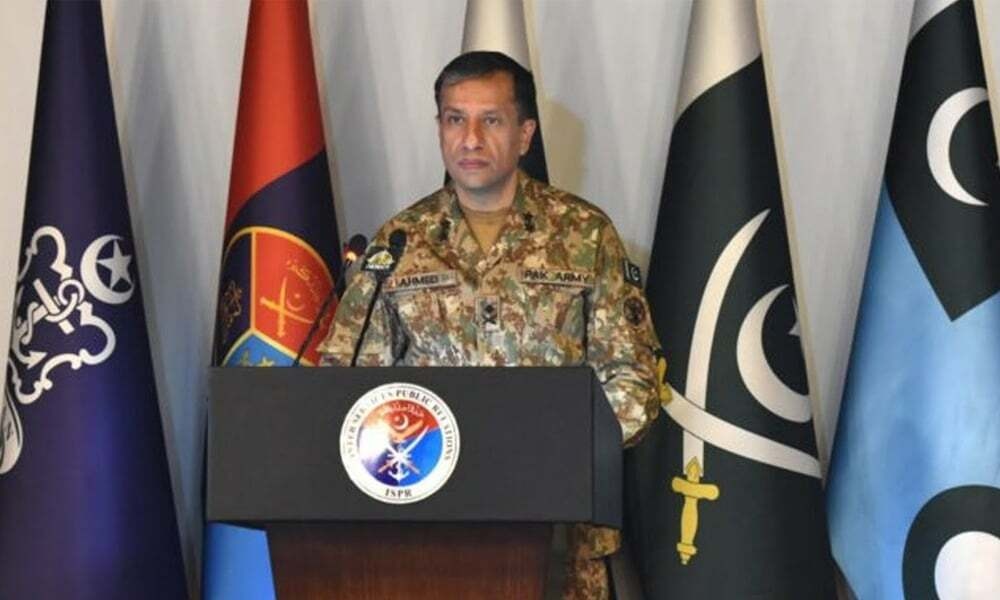Lift, Sustain, Win: Why Rotary-Wing Assets Must Sit With the Army In Theatre Commands

Chinooks have become the backbone of Himalayan logistics for the Indian Army. Image courtesy: X.com/@IAF_MCC
When India inducted the CH-47F(I) Chinook heavy-lift helicopter in 2019, it added a platform capable of carrying 10 tonnes of payload to altitudes beyond 14,000 feet. In Ladakh and Siachen, the Chinooks have since proven indispensable— flying artillery, bridging equipment and supplies where trucks or mules would take days.
However, these helicopters are operated by the Air Force. As India transitions to theatre commands, defence analysts argue that such rotary-wing assets must move into land theatres. There is a need for integrating air and ground forces for more potent joint operations and enhancing rapid deployment to bolster op readiness.
Why are heavy-lift helicopters the Army’s lifeline?
The IAF’s 15 Chinooks have become the backbone of Himalayan logistics, flying both combat and humanitarian sorties. Every crisis, from Galwan in 2020 to Operation Sindoor in 2025, has reminded commanders that reinforcement timelines shape deterrence.Heav
“Every Chinook sortie in Ladakh compresses days of movement into hours,” said a senior Army officer currently posted in Leh. “But we [the Army] don’t command these birds — we still request them. In a theatre construct, that must change.”
The Army Aviation Corps, despite operating Rudra and Prachand attack helicopters and light utility fleets, lacks any medium or heavy-lift helicopters. This gap means that in times of operational urgency, inter-services procedures could create creating friction, leading to loss of precious time.
Exercises like Shatrujeet have showcased how heliborne assault, artillery airlift and rapid reinforcement can alter outcomes in high-altitude scenarios. During the drills, airborne troops simulated brigade-level insertions supported by heavy-lift helicopters.
In Operation Sindoor, Chinooks and Mi-17s were used to rapidly redeploy forces and logistics in parallel with combat strikes. Army officers point out that the responsiveness of rotary-wing assets was as crucial to the operation’s tempo as the missiles and fighters.
What is the argument for helicopters in land theatres?
With the Inter-Services Organisations (Command, Control & Discipline) Rules, 2025 in force, theatre commanders now have authority across Army, Navy and IAF personnel under their command. The logical next step is aligning platforms to the domains they serve most. In land theatres, that includes attack helicopters, utility fleets and heavy-lift rotorcraft.
Globally, the pattern is consistent. The US Army operates Chinooks directly under ground force commands. China’s PLA Army Aviation integrates Z-8 and Mi-17 variants into land formations for heliborne manoeuvre. Russia’s ground forces employ Mi-26 and Mi-17 units as organic elements of corps-level mobility. Indian planners argue that the same principle should apply: fixed-wing strategic lift must remain with the IAF, but rotary-wing combat and lift assets need to move under land commands.
The argument is strengthened by current acquisitions. The Army received its first three Apache AH-64E attack helicopters in July 2025, with three more due later this year. In March 2025, a Rs 62,700-crore order was placed for 156 Prachand light combat helicopters, 90 of which are earmarked for Army Aviation. The government has also approved the procurement of 200 reconnaissance and surveillance helicopters, with 120 going to the Army.
Together with a push for indigenous medium-lift platforms, this momentum underlines a simple truth: theatreisation must give the Army aviation its missing piece — heavy-lift.
Why do helicopters in land theatres matter?
For the Army, rotary-wing assets are not “support” but combat enablers. They carry artillery to mountain tops, insert battalions behind enemy lines, and sustain positions under fire. In the Himalayan context, they are as much a deterrent as tanks and guns. “Theatre commands are about unity of command,” a senior security establishment source said. “If the Army is to fight the land battle, it must command the blades that move and protect it.”
Rotary-wing aviation is about immediacy. Its value lies in the minutes it saves and the opportunities it creates. Under theatreisation, placing heavy-lift and attack helicopters firmly under Army-led land commands will not just settle an inter-service debate — it will ensure India’s ground forces have the speed and reach they need to win the wars of tomorrow.
